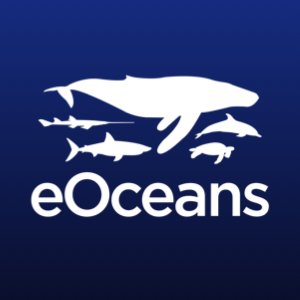
Domoic acid poisoning
Domoic Acid Poisoning: A Growing Threat to Ocean Health
Domoic acid poisoning is a marine wildlife and public health issue caused by a neurotoxin produced by certain diatoms, particularly Pseudo-nitzschia spp. These microscopic algae are part of the natural marine plankton, but under favourable conditions (for them!)—such as warm temperatures and excess nutrients—they can form harmful algal blooms (HABs) that release dangerous levels of domoic acid into the food web.
First identified after a mass poisoning event in Prince Edward Island, Canada in 1987, domoic acid was linked to Amnesic Shellfish Poisoning (ASP) in humans, causing symptoms ranging from nausea and confusion to permanent short-term memory loss and, in severe cases, death (Perl et al., 1990).
Marine animals, especially higher predators like sea lions, dolphins, and whales, are particularly vulnerable. These animals accumulate domoic acid by feeding on contaminated fish such as anchovies or sardines. Once ingested, the toxin targets the brain, especially the hippocampus, leading to disorientation, seizures, and often stranding or death. Scholin et al. (2000) documented a mass mortality event of California sea lions linked to domoic acid in Monterey Bay, highlighting the scale of impact.
Research has also shown that domoic acid events are increasing in frequency and duration, likely due to climate-driven ocean changes and increased coastal nutrient loading from agriculture and urban runoff (Trainer et al., 2020). A notable example was the 2015 West Coast bloom, which stretched from California to Alaska, resulted in prolonged closures of razor clam, rock crab, and Dungeness crab fisheries —prompting extensive shellfish closures and wildlife deaths (McCabe et al., 2016)).
Monitoring efforts, including those supported by citizen science, are crucial to rapidly detecting and responding to these events. As the ocean changes—temperature, nutrients, currents— domoic acid poisoning is a warning signal of the urgent need to address pollution, climate resilience, and coastal ecosystem health.
To stay ahead of these challenges, we need better ways to observe, understand, and act—together. The eOceans app and platform were built for exactly this, and our team is here to support you every step of the way.




